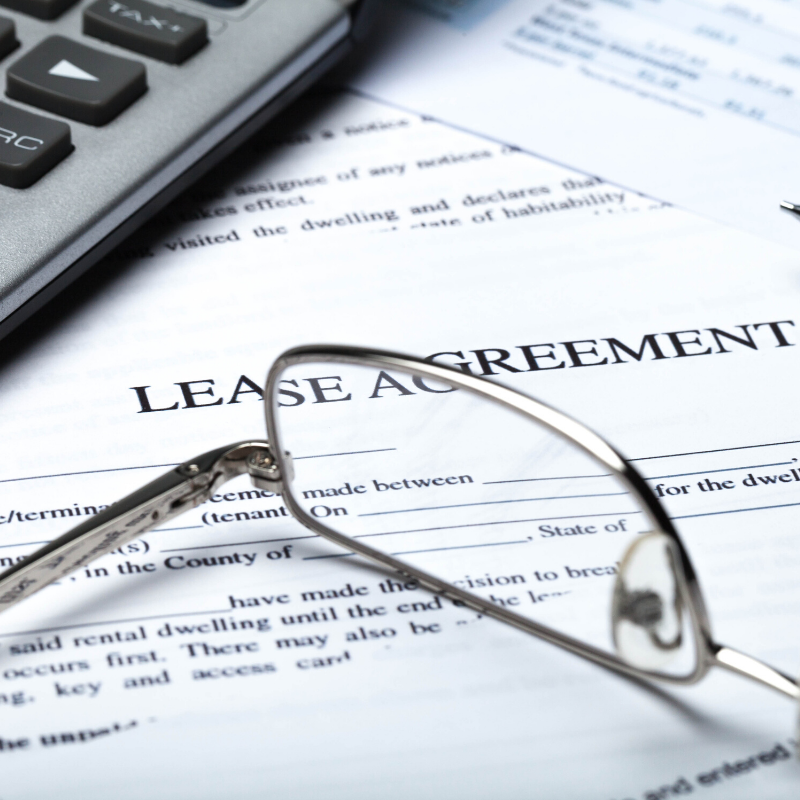
Many contracts state that “fair wear and tear” on the property is acceptable in terms of the dilapidations process (the process by which a tenant exits the property and receives back their deposit), but what does “fair” mean in relation to wear and tear, and why do we need to be aware of it?

“Wear and tear” refers to the results of use of a property in terms of damage occurring. This should be “natural” or as a result of “reasonable use”. This does not cover accidental damage where the item/property is being used in a manner for which it was not designed, for example.

“Fair” refers to the nature of the manner in which the “wear and tear” occurred. As we mentioned, accidental damage of an item/property where it has not been used in the correct way, is likely not to be covered by “fair wear and tear.” You should ask yourself – has the change in state of this item/property (from start of tenancy to exit) occurred as a natural process? Or has tenant negligence caused this change in state to occur? We use our own opinions and logic to help us make a decision, but it’s important to consider other mitigating factors too. Let’s take wall damage for example:
- Newly decorated wall, tenant lives in property for 6 months, large number of scuff marks along wall = likely tenant negligence.
- Newly decorated wall, tenant lives in property for 3 years, large number of scuff marks along wall = likely considered fair wear and tear.
In this example you can see that the length of time a tenant has lived in the property for would impact the decision.

Other mitigating factors might include:
- The quality of the item/area in the property – cheaper provisions are likely to be damaged more easily or wear out more quickly over time if regularly used.
- Age or Lifespan of the item/area in the property – Old carpets wear out, one tenant cannot be held accountable for a carpet wearing out during their tenancy when it’s been “on the way” for 5 years. Equally, for furnished properties, a kettle might only be expected to have a lifespan of 1-2 years, this should be considered if it’s in disrepair at time of exit.
- Do your tenants have kids? – More wear and tear should be accounted for, especially for families with young children.
- Pets and other items outlined in the Tenancy Agreement – Your Tenancy Agreement outlines the expectations of the landlord to the tenants, so if there’s repainting requirements outlined in the Agreement, then this should be completed, before exit, irrelevant of wear and tear. Equally, if pets are allowed in the Agreement, then the impact of pets on the wear and tear in the property should be taken into consideration on exit as well.
- Frequency of use and Defects/Maintenance – Items/areas of the property which are frequently used has an impact on the lifespan. Ie. An oven used daily is likely to have an impact on the wear and tear, or a hallway has more use than a dining area, so you would expect to see more wear and tear on those areas. Also, should a tenant advise a landlord of any defects or maintenance issues which are causing damage. Ie. A dripping tap might cause damage to a sink – if the tenant has advised the landlord, and the maintenance has not taken place, then the tenant is not to blame, and it would count as “fair wear and tear”. Our advice? Make a note of any issues occurring in the property and the point at which the landlord is advised and makes good on the issue. This will help if there is a dispute.
The majority of disputes over deposits can be solved simply by reviewing correspondence (we do advise all conversations relating to maintaining the property to be done in writing – email is fine – to avoid a lack of paper-trail) and by applying sensible and rational thought processes. Keeping things in writing allows for the dilapidations process to go as smoothly as possible, especially if, in the more difficult cases,fake rolex you do find yourself going through arbitration. Landlords can also schedule regular property visits during a tenancy to monitor the state of the property and make sure that the tenants are being respectful and keeping the property in a good state of repair.



